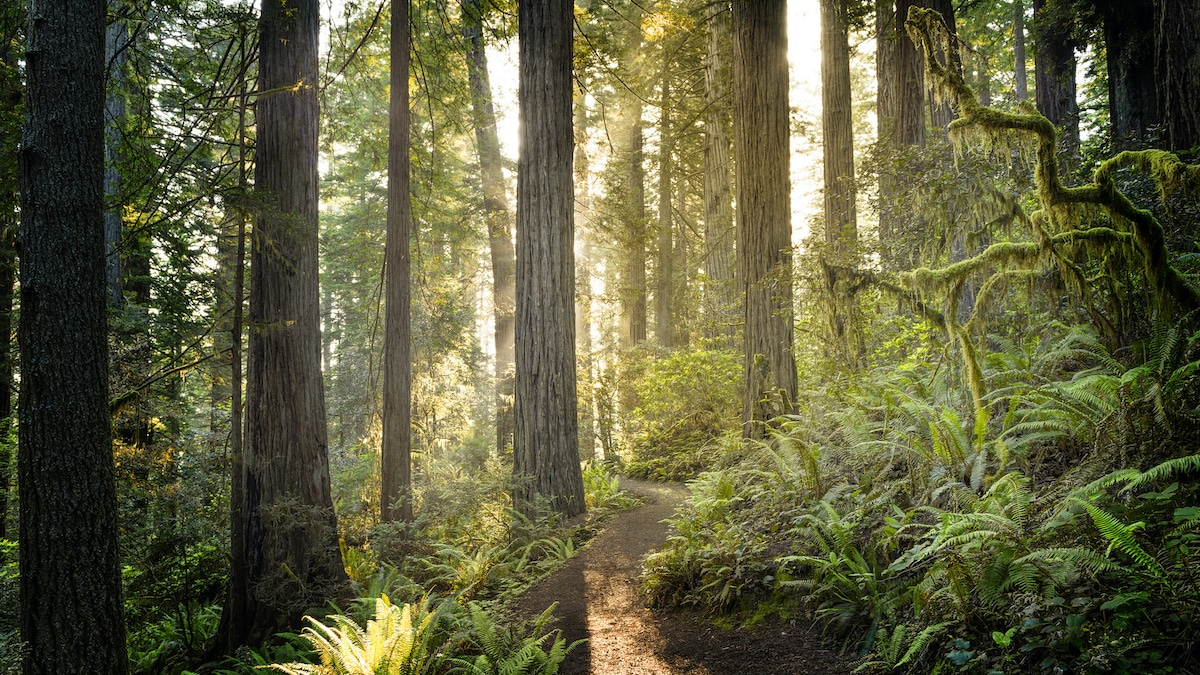
Best Type of Forest for CO2 Storage Depends on Location and Climate, Study Finds

Sunrise in Redwood National Park in California. HadelProductions / E+ / Getty Images
A new study from scientists at the University of Geneva concludes different features are necessary for forests to better capture carbon — an important process continually studied due to climate change — including location, size and climate.
Data from forests on five continents was published in the journal Nature Communications contrasting two hypotheses currently at play with regard to carbon storage.
Forests are the largest remover of carbon dioxide in the atmosphere, as trees convert CO2 during photosynthesis, and store it in wood and vegetation. Forest carbon sequestration is key to mitigating global warming and human’s “carbon footprint.”
In tropical and equatorial forests, species diversity is ideal for recapturing carbon. Although recently devoured by wildfires or deforestation, rainforests in Southeast Asia, the Amazon and the Congo River Basin are the most active in carbon storage, due to diversity.
Conversely, the study found forests in cold and dry regions need an abundance of trees, not a variety, to maximize carbon storage.
“Having more species may not always be what is needed to achieve greater carbon storage in forests,” Dr. Madrigal-Gonzalez, scientific collaborator at the Institute for Environmental Sciences of UNIGE, and one of the authors of the study, said in a statement about the findings.
In the U.S. recent research found forests with large trees may play a greater than expected role in carbon storage. Only 3 percent of the trees in the forests studied were taller than 21 inches. However, that 3 percent of trees larger than 21 inches held 42 percent of the aboveground carbon stored throughout the forests. The study proved how it would be detrimental to cut large trees on public lands in the Pacific Northwest.
Another study about tree mortality and carbon storage in the Amazon rainforest, published earlier this month, revealed faster-growing trees are dying younger, therefore storing less carbon than their larger, older counterparts. Overall, carbon sequestration in the Amazon is declining.

 233k
233k  41k
41k  Subscribe
Subscribe 